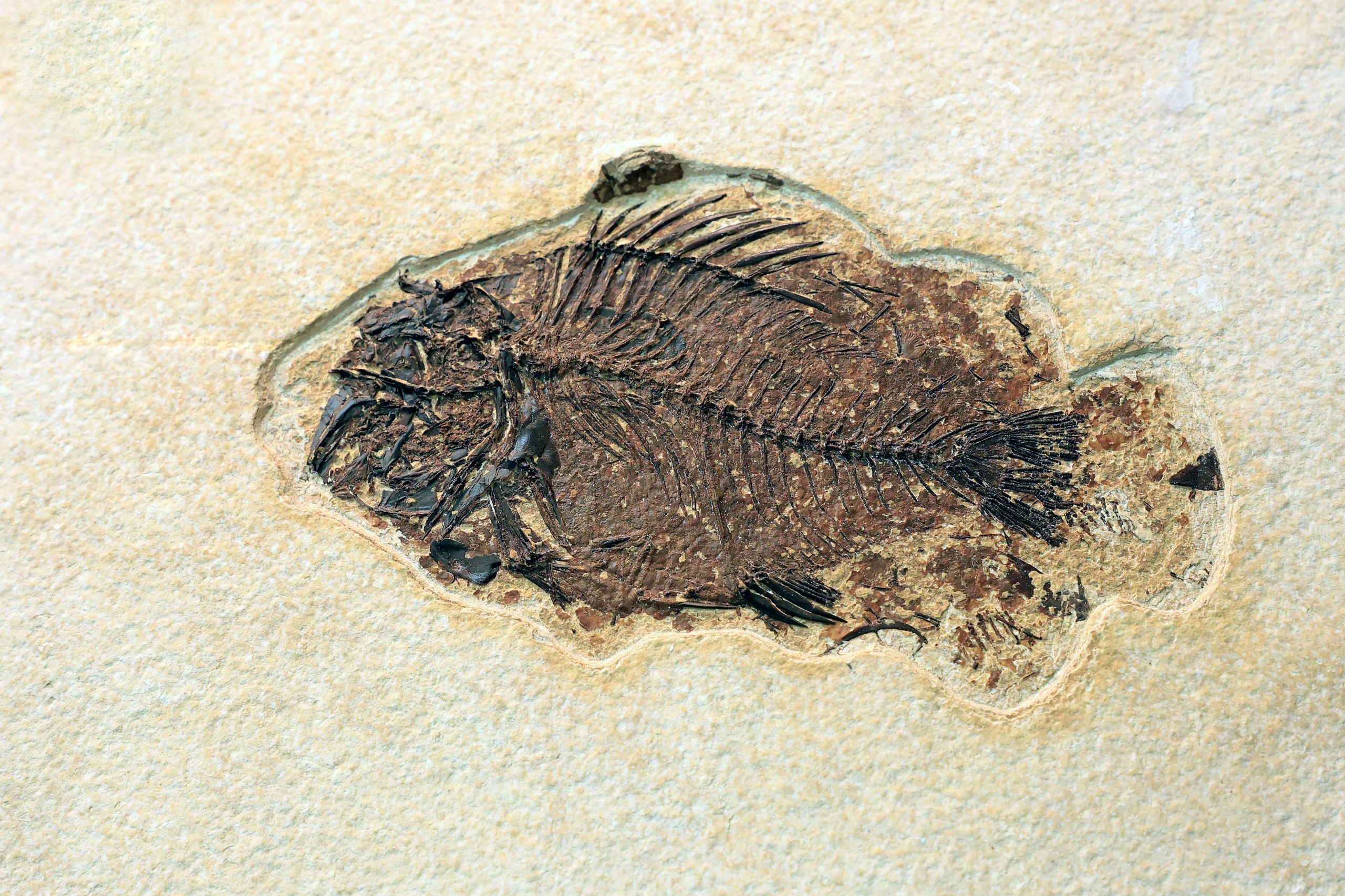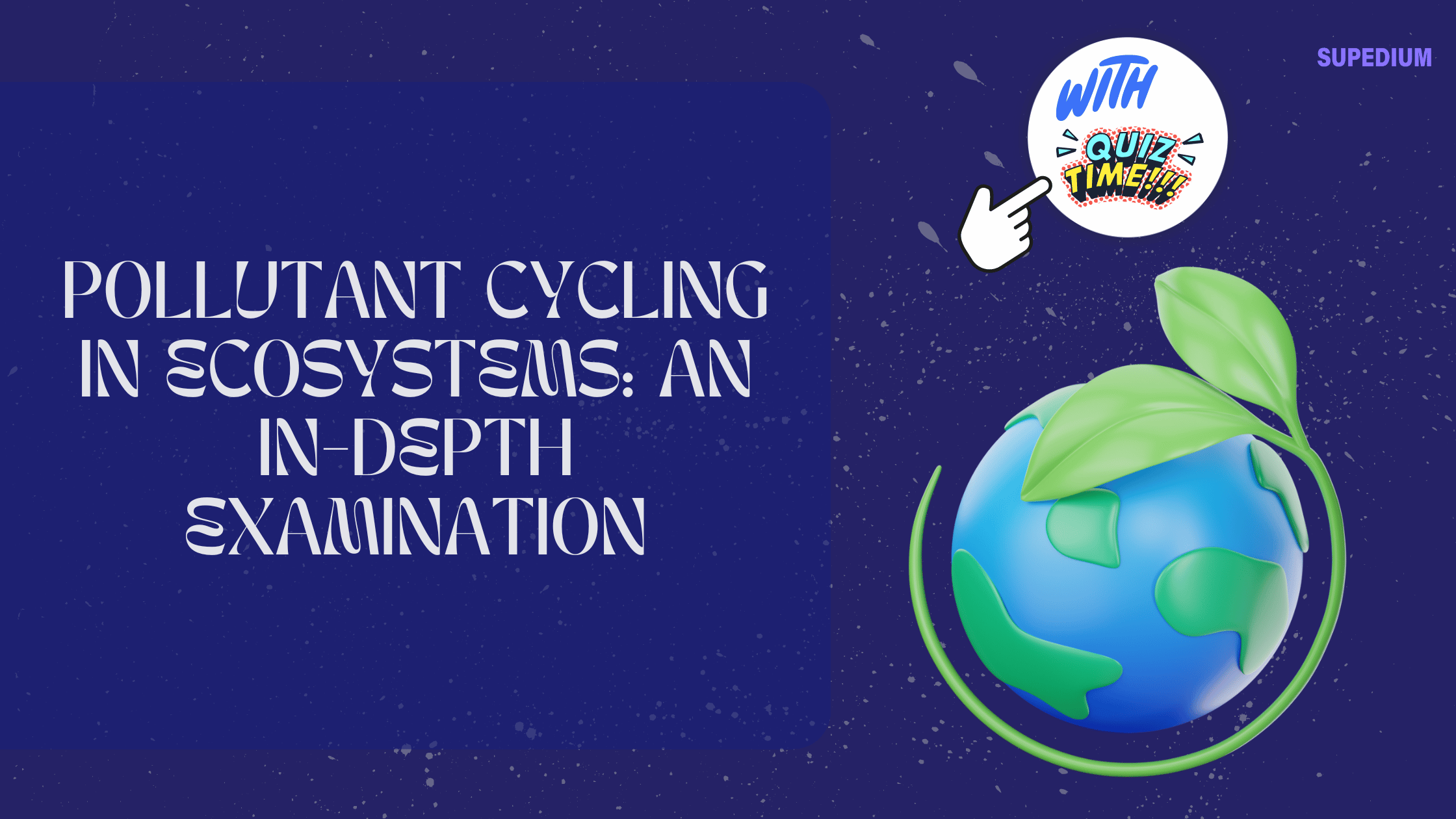Table of Contents
![]()
Introduction
Fossilization is a fascinating natural process that transforms the remains of ancient organisms into preserved records embedded within sedimentary rock. This process is crucial for paleontologists and geologists, as it provides valuable evidence about past life forms, ecosystems, and evolutionary history. By studying fossils, scientists can reconstruct ancient environments and trace the development of life over millions of years. The process of fossilization involves several key stages: burial, preservation, and discovery.
Conditions Favoring Fossilization
Fossilization is a rare event that requires specific conditions to occur. The most crucial factors include rapid burial, low oxygen environments, and the presence of hard parts.
Rapid Burial
For fossilization to take place, remains must be buried quickly by sediment. This rapid burial protects the remains from scavengers, environmental erosion, and decay. Suitable environments include river deltas, lake beds, and volcanic ash deposits, where sediment accumulates swiftly.
Low Oxygen Environments
Oxygen accelerates the decay of organic materials through microbial and chemical processes. Environments with low oxygen levels, such as peat bogs and deep-sea sediments, slow down decomposition, thereby increasing the chances of fossilization.
Hard Parts vs. Soft Parts
Hard parts of organisms, such as bones, shells, and teeth, are more likely to become fossils due to their mineral content. In contrast, soft tissues like muscles and skin decompose more rapidly and are less likely to fossilize unless exceptional conditions are present, such as in the case of organisms trapped in amber.
Stages of Fossilization
The process of fossilization can be divided into several stages:
Initial Burial
The first stage involves the burial of an organism’s remains by sediment. Over time, sediment accumulates in layers, covering the remains and creating a protective environment that helps preserve them.
Decay and Permineralization
As soft tissues decompose, they leave behind the hard parts. Mineral-rich water then percolates through the sediment and the remains. Minerals from the water gradually replace the organic materials, a process known as permineralization. This replacement results in the formation of a mineralized replica of the original organism.
Formation of Fossil
With continued mineral deposition, the remains become a fossil. The original organic material is often entirely replaced by minerals, leading to the creation of a fossil that closely resembles the original organism.
Erosion and Exposure
Eventually, geological processes such as erosion and weathering expose the fossilized remains. Fossils are uncovered through these natural processes, making them accessible for study by scientists.
Types of Fossils
Fossils can be classified into several categories based on what they represent:
Body Fossils
These fossils include actual parts of the organism, such as bones, shells, and teeth. Body fossils provide direct evidence of an organism’s physical form.
Trace Fossils
Trace fossils record the activities of organisms rather than their physical remains. Examples include footprints, burrows, and coprolites (fossilized dung). These fossils offer insights into behavior and interactions with the environment.
Chemical Fossils
Chemical fossils are organic molecules preserved in rock. They include biomarkers and isotopic signatures that provide information about the biochemical processes of ancient life forms.
Fossilization Processes and Mechanisms
Several processes contribute to fossil formation:
Mineralization
Mineralization involves the replacement of organic material with minerals. This can occur through processes like permineralization, where minerals fill in the spaces within the remains, or replacement, where minerals replace the original organic materials. Recrystallization, another process, alters the mineral structure of the remains without changing their general shape.
Casts and Molds
Casts and molds form when an organism leaves an imprint in sediment (mold), which can then be filled with other sediments or minerals (cast). These fossils provide detailed impressions of the organism’s surface.
Carbonization
Carbonization occurs when an organism’s remains are reduced to a thin film of carbon. This process preserves fine details of the organism’s structure, such as leaf veins or delicate body parts.
Encapsulation in Amber
Amber, a fossilized tree resin, can trap and preserve organisms such as insects and small plants. This form of preservation can provide exceptionally detailed insights into ancient life forms.
Factors Affecting Fossilization
Several factors influence the likelihood and quality of fossil preservation:
Biological Factors
Decomposition rates and the presence of scavengers or microbes can affect how well remains are preserved. Organisms with high decay resistance or those buried quickly are more likely to fossilize.
Environmental Factors
The type and rate of sediment deposition, along with environmental conditions such as temperature and pressure, play significant roles in fossilization. Rapid sediment accumulation and stable environmental conditions favor preservation.
Geological Factors
Tectonic activity can influence fossil preservation by causing rock formations to shift or become exposed. Erosion and sedimentary processes also play a role in making fossils accessible for study.
Fossilization and Evolutionary Studies
Fossils are invaluable for understanding the history of life on Earth. They provide insights into the evolution of species and past environmental conditions:
Paleontology and Fossil Record
Paleontologists study fossils to trace the evolutionary history of life forms. Transitional fossils, which exhibit traits of both ancestral and descendant species, are particularly important for understanding evolutionary processes.
Radiometric Dating
Radiometric dating techniques, such as carbon dating and potassium-argon dating, help determine the age of fossils and the surrounding rocks. This dating is essential for constructing timelines of evolutionary events.
Paleoecology
Paleoecology involves reconstructing past environments and climates based on fossil evidence. By studying fossilized plants and animals, scientists can infer the conditions in which ancient organisms lived and how they interacted with their environments.
Challenges and Limitations
Despite their value, fossils and the process of fossilization have limitations:
Incomplete Fossil Record
The fossil record is incomplete due to preservation biases. Not all organisms are equally likely to fossilize, and many fossils may have been destroyed or remain undiscovered.
Fossil Misidentification
Interpreting incomplete or fragmentary fossils can be challenging. Misidentification or incorrect assumptions can lead to inaccurate conclusions about past life forms.
Preservation Biases
Certain conditions or types of organisms are more likely to be preserved than others. For instance, hard-shelled organisms are more likely to fossilize than those with soft bodies.
Conclusion
Fossilization is a complex and remarkable process that provides a window into the past. From the rapid burial of remains to the intricate mechanisms of mineralization, each stage of fossil formation contributes to the preservation of ancient life forms. Studying fossils not only helps scientists understand evolutionary history and past environments but also reveals the intricate processes that have shaped life on Earth. Advances in fossil research and technology continue to enhance our knowledge, offering deeper insights into the history of life and the planet.
Share This





Be the first to comment